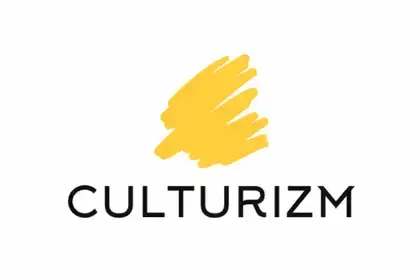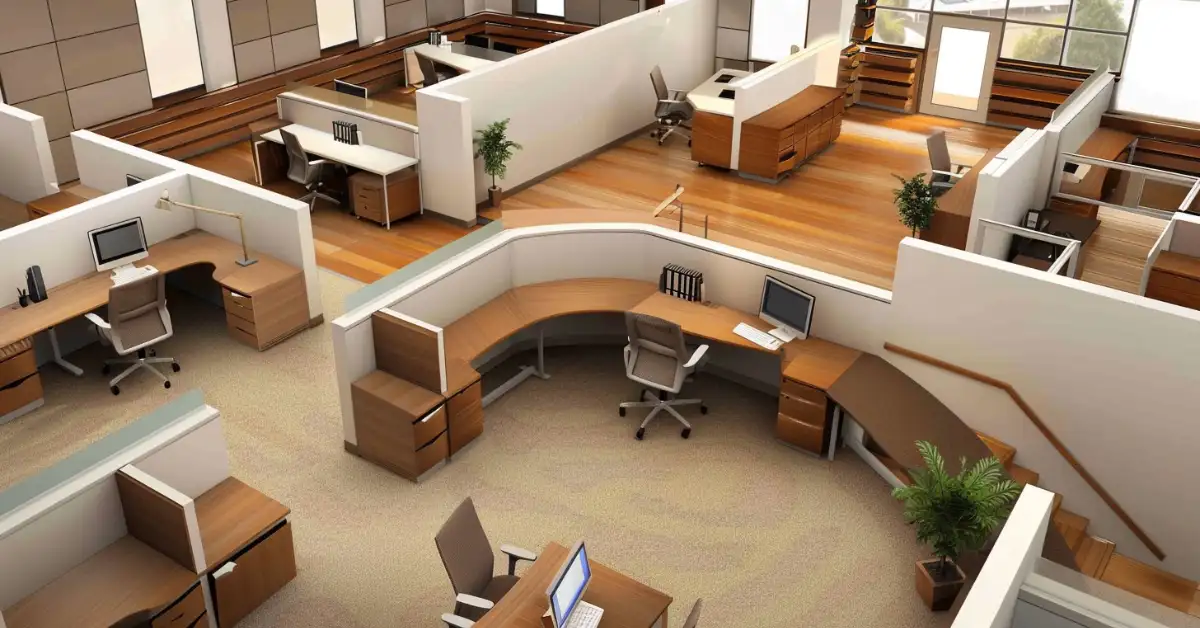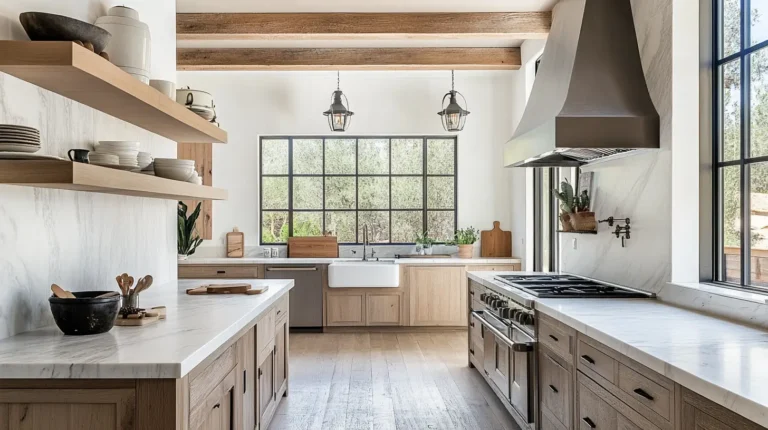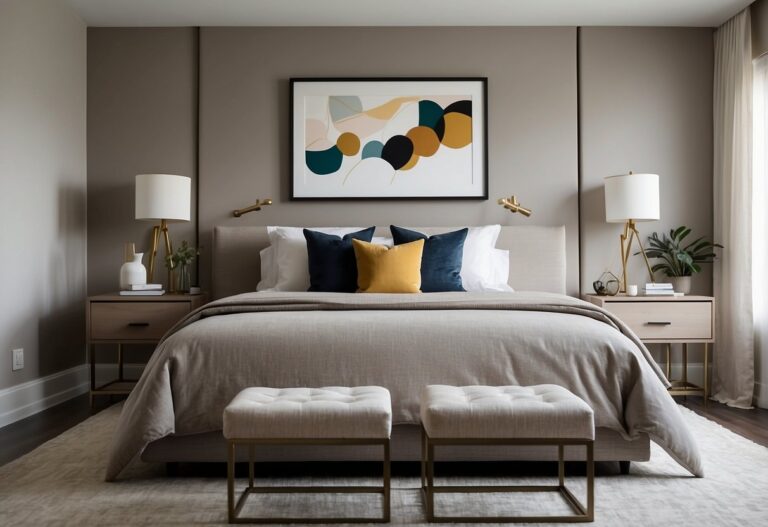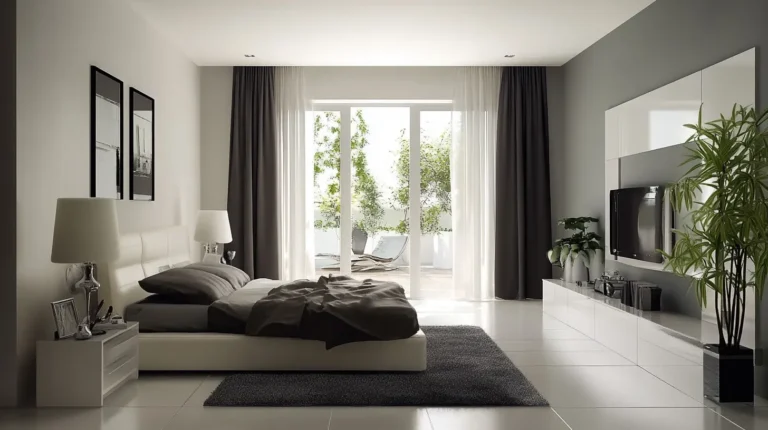Modern office design is revolutionizing workspaces to boost productivity, creativity, and well-being. Outdated, restrictive cubicles are making way for dynamic areas that encourage collaboration and adapt to the diverse needs of today’s employees. Discover how strategic design choices, from ergonomic furniture to natural lighting, can transform your office into a welcoming and efficient environment that feels like a second home, fostering job satisfaction and a positive company culture.
What Defines a Modern Office Design?
Here is all in short about modern office design!
| Key Element | Description |
|---|---|
| Open Space Layouts | Gone are the days of high-walled cubicles. We prefer open spaces that encourage interaction and team bonding. |
| Natural Light | We’re bringing the outdoors in. Large windows and glass walls reduce the need for artificial lighting and boost our mood. |
| Flexible Workspaces | Desks and chairs are now mobile. We enjoy the freedom to work from various locations around the office to suit our tasks. |
| Technology Integration | Tech is seamlessly integrated. High-speed internet and wireless charging stations keep us connected without the clutter of cords. |
| Comfort and Well-Being | Ergonomic furniture and relaxation zones help us stay productive without sacrificing comfort. |
| Sustainable Materials | Our planet matters to us. Eco-friendly options and green spaces make not only a healthier workplace but also a more responsible one. |
By embracing these elements, we’re stepping away from the rigid formats of the past and moving towards a more adaptable and innovative office experience.
15 Modern Office Design Ideas
15. Flexible Workspace Layouts:

- Adjustable furniture and movable partitions
- Versatile use of space for different tasks and team sizes
14. Biophilic Design:

- Integration of natural elements like plants and wood
- Connection with nature to improve mood and productivity
13. Activity-Based Work Areas:

- Tailored zones for collaboration, focused work, relaxation, and brainstorming
- Optimal environments for various tasks
12. Tech Integration:

- Wireless charging stations
- Smart whiteboards
- Video conferencing capabilities
11. Ergonomic Furniture:

- Ergonomic chairs
- Standing desks
- Adjustable monitor arms
10. Creative Huddle Rooms:

- Informal meeting areas with writable surfaces
- Multimedia tools for quick collaborations
9. Branding Elements:

- Company branding through artwork, color schemes, and custom furniture
- Reinforcement of company culture and identity
8. Wellness Rooms:

- Space for meditation, yoga, or relaxation pods
- Support for employee well-being and stress management
7. Soundproofing Solutions:

- Acoustic panels
- Noise-canceling headphones
- Soundproof booths to minimize distractions
6. Café and Refreshment Areas:

- Inviting kitchenettes or coffee bars
- Comfortable seating for informal meetings and relaxation
5. Flexible Lighting Systems:

- Adjustable lighting fixtures
- Natural light optimization
- Customizable LED lighting for different moods
4. Artistic Features:

- Art installations, murals, or sculpture gardens
- Stimulate creativity and inspiration
3. Collaborative Tools:

- Digital collaboration tools like interactive displays and virtual whiteboards
- Facilitate remote teamwork and idea sharing
2. Well-Defined Circulation Paths:

- Clear pathways and signage
- Minimize congestion and improve efficiency
1. Homely Touches:

- Residential-style furniture
- Cozy rugs and comfortable seating areas
- Foster a sense of comfort and belonging
Designing for Productivity and Well-being
Thinking about modern office design, we focus on creating spaces that not only elevate productivity but also enhance the well-being of everyone who uses them. It’s a blend of thoughtful design elements and functional furniture that together foster a healthy and efficient work environment.
Incorporating Biophilic Elements
Biophilic design ties our innate connection to nature with the physical spaces where we work. By weaving natural light and plants into our office design, we can boost focus and productivity. Studies, like those elaborated on by Harvard Business Review, have demonstrated that spaces with natural elements can increase productivity by 15% and attention by 20%. The presence of daylight and greenery not only brightens our spaces but our moods as well, making it crucial to include biophilic elements in our office layouts.
- Natural Light: Ensuring plenty of daylight filters through can reduce eye strain and maintain concentration levels throughout the day.
- Plants: The strategic placement of greenery adds to aesthetic appeal and can significantly improve air quality, reducing CO2 and bacteria levels.
Ergonomic Furniture for Comfort
Ergonomic furniture plays a pivotal role in modern office design, prioritizing comfort to prevent fatigue and strain. Comfortable seating solutions and adjustable desks allow us to tailor our workspaces to our physical needs, which is essential for sustained productivity.
- Office Chairs: They should offer good lumbar support and the ability to adjust for different tasks and user heights.
- Desks: Height-adjustable desks encourage movement and allow us to switch between sitting and standing, reducing the risk of musculoskeletal disorders.
Investing in these aspects of office design is an investment in us—by bolstering our well-being, we’re setting ourselves up for higher productivity levels and a more pleasant work life.
Creative Spaces and Collaboration
In our pursuit of modern office design, we’re constantly seeking ways to foster creativity and collaboration. Our focus is on crafting spaces that not only meet the aesthetic demands of today’s workforce but also enhance teamwork and idea sharing.
Flexible Workspaces and Meeting Rooms
- Adjustable Desks & Seating: We implement versatile furniture that adapts to various tasks and team sizes, ensuring that every project has its perfect fit.
- Tech-Ready Spaces: Our meeting rooms boast the latest technology, from high-speed internet to interactive whiteboards, encouraging seamless collaboration.
- Privacy Solutions: Acoustic partitions and quiet zones are in place to offer privacy for focused work or confidential discussions.
Artwork and Brand Vision
- Inspirational Art: Each piece of artwork in our space is chosen to inspire and provoke thought, aligning with the theme of innovation and progress.
- Branded Environments: We carefully infuse our brand’s vision into the design, using colors, graphics, and textures that reflect our identity and values.
Sustainability and Office Interiors
When we consider modern office design, sustainability becomes a key element. It shapes how we select materials and plan spaces, reflecting our commitment to the environment.
Green Initiatives and Materials
We’re seeing a tremendous shift toward using natural materials in our office designs. By choosing eco-friendly options like bamboo, reclaimed wood, or recycled glass, we’re reducing our carbon footprint. These materials not only minimize harmful effects on the environment but also add warmth and a connection to nature in the workspace. Incorporating green space with plants or living walls further enhances air quality and employee well-being.
Preferred Materials:
- Bamboo
- Reclaimed Wood
- Recycled Glass
Benefits:
- Lower carbon footprint
- Improved indoor air quality
- Enhanced aesthetic value
Sustainable Practices in Design
In designing sustainable office interiors, our focus extends beyond materials to include overall practices. We ensure that lighting is energy-efficient and that the layout maximizes natural light, reducing the need for artificial illumination. For instance, proper placement of windows and solar tubes can significantly cut down energy consumption.
Design Features:
- Maximized Natural Light: proper window placement
- Energy-Efficient Lighting: LEDs and motion sensors
Another crucial aspect is the creation and maintenance of green spaces within the office environment. This not only supports employees’ mental health by providing a more relaxed and nature-oriented atmosphere but also aids in regulating the office climate naturally.
Practices for Green Spaces:
- Use of indoor plants
- Implementation of living walls or vertical gardens
Technology and Office Layout
In today’s world, modern office design hinges on technology. We see it shaping spaces where we work, and it’s essential that these spaces meet the evolving needs of tech companies.
Modern Tech Company Needs
- High-speed Connectivity: It’s the lifeline of any tech company. Our office layout must prioritize an infrastructure that supports robust and reliable internet, allowing for seamless cloud computing and data transfer.
- Collaborative Spaces: To foster innovation, we integrate areas equipped with smart boards and video conferencing tools to ensure our teams can collaborate, regardless of their physical locations.
Innovations in Office Infrastructure
- Smart Lighting Systems: We’re embracing IoT with lighting systems that adapt to natural light patterns, reducing energy use and supporting employee well-being.
- Biophilic Design Elements: By incorporating natural elements like green walls or water features, we create a more engaging and relaxing environment, which studies have shown can boost employee engagement and productivity.
How We Would Design a Modern Office
Here is how we would design a modern office!
Layout & Functionality
| Aspect | Details |
|---|---|
| Open Plan | Encourage collaboration while still offering private nooks |
| Flexibility | Modular furniture and movable partitions |
| Natural Lighting | Large windows and skylights |
Aesthetic Elements
- Color Scheme: Opt for neutral tones with bold color accents to stimulate creativity
- Textures: Mix materials like glass, wood, and metal for a tactile experience
Ergonomics & Wellness
- Adjustable desks and chairs support posture
- Breakout areas with comfortable seating
- Biophilic elements: Incorporating nature through elements such as indoor greenery elevates both mood and air quality
Technology Integration
- State-of-the-art conferencing equipment
- Seamless connectivity for mobile and remote team members
In creating a space that aligns with the philosophies of a modern office workplace, our design reflects a commitment to innovation and an understanding that the best environments are those that adapt to the needs of their users. We focus on building an office that not only looks forward but also brings out the best in those who use it.
FAQ – Modern Office Design
What is modern office design?
Modern office design emphasizes hybrid workspaces, biophilic elements, integrated technology, and flexible, modular spaces to support collaboration and well-being.
How can I make my office look modern?
To make your office look modern, consider choosing a mood-boosting color scheme, incorporating clean lines and minimalist furniture, adding contemporary art pieces, and utilizing modern lighting solutions. Embrace open spaces and include elements of biophilic design, like plants, to enhance the aesthetic and air quality.
What are the features of modern office?
Modern offices feature flexible workspaces, smart technology integration, sustainable design, health and wellness amenities, ergonomic furniture, and areas for relaxation and social interaction, such as cafeterias or game tables. They prioritize natural light, transparency, and spaces that foster collaboration and personal growth.
What do offices look like today?
Offices today are designed with hybrid workspaces that support both individual and collaborative work, offering flexibility and adaptability. They often feature biophilic design, with natural light and plant life, to promote well-being. Technology is seamlessly integrated, and informal, comfortable areas encourage informal interactions and relaxation.
If you enjoyed our blog post on “Modern Office Design,” we’d love to hear your thoughts! Please drop a comment below to share your experience with us.
If you want to keep reading more from us, have a look at these articles.
